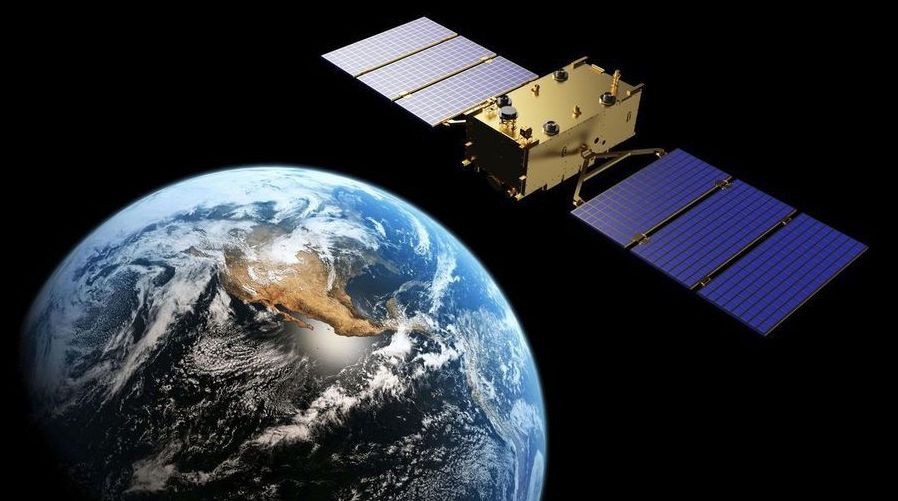Mar 14, 2020
SpaceX readying for Sunday’s sixth Starlink launch, first fifth booster flight
Posted by Genevieve Klien in category: satellites
SpaceX is preparing its Falcon 9 to launch the Starlink V1.0 L5 mission, although the launch date has been moved to Sunday. This mission will be the first Starlink launch from LC-39A at Kennedy Space Center, and the first from the pad since the Crew Dragon In-Flight Abort Test in January 2020. The first stage is B1048.5 – marking the first time a Falcon 9 core flies for the fifth time. The launch is now scheduled for 9:22 AM Eastern on March 15.
Lead Image by Mike Deep Starlink launch:
Continue reading “SpaceX readying for Sunday’s sixth Starlink launch, first fifth booster flight” »


















